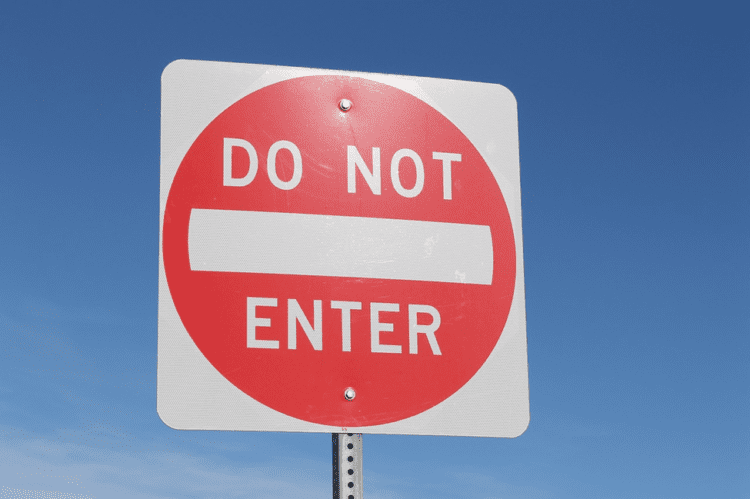Whether in the workplace or out on the road, signage becomes critical for conveying important information. These signs need to be concise and to the point in order to make for the most effective communication.
Safety and prohibition signs are crucial for that reason. No matter the setting, the right prohibition and safety signs can wind up making things a lot better.
The Right Location
The great thing about prohibition signs is that they can be promptly added to the right location to make it safer and more effective. You wouldn’t want signs placed randomly about the area if they didn’t apply directly to that area, right? With proper placement, prohibition signs become far more effective and successfully convey the message.
Proper location also helps when it comes to the sheer number of signs required. With effective placement, there is less of a need to provide more signage, creating a more cost-effective means of providing warnings, notifications, and more. But it all starts by placing these prohibitive signs in the right area so that they are seen by the right people.
Simple Communication
Signage in any business setting needs to be simple but effective. Signs that get too wordy can lose the attention of those passing by, thereby limiting its effectiveness. The best prohibitive and safety signs convey the message in a few simple words along with colors and/or symbols. It is a simple system that makes clear what should or should not happen in that area.
Keeping it simple ensures that anyone reading the sign can get what the point is. Making it too convoluted can provide a missed interpretation of what needs to happen, leading to potential safety issues in the process. The best prohibition signs are also the simplest (and should be put in the right location, too).
Clear Action
The entire reason to implement safety and prohibition signs is to get those passing by to take or avoid action. Depending on the environment, prohibition signs can make it clear that certain actions are not permissible when done in a particular area. For instance, you might see a “no smoking” sign around areas with highly flammable chemicals. These are largely posted for safety reasons and ignoring them can not only be detrimental to equipment and materials but also to personal safety.
Actions need to be clear to prevent those issues. The “no smoking” sign is a good one. “Do not open” is another common one, posted on fire and emergency doors to make it clear that those doors should not be opened unless in an emergency. These signs are simple but make it clear what needs to be done or avoided.
Meeting Compliance
While personal safety and the protection of equipment is a major reason for the proper signage, the main reason that businesses implement proper signage is to stay compliant. There are both local and federal regulations that must be followed in order to promote proper safety measures. These measures are in place to keep workers and guests safe while on site.
More importantly for businesses, failing to comply with those measures can lead to potential penalties and fines. Depending on the violation, those fines can be quite substantial and should not be easily ignored. Compliance requirements can change depending on the industry or type of building, so don’t just assume that there are one-size-fits-all signs that will work for everything.
At the end of the day, signage is easy to ignore but plays a crucial role in safety and protecting against liability. Make sure that your business is protected with the proper prohibition and safety signs.

“Friendly zombie fanatic. Analyst. Coffee buff. Professional music specialist. Communicator.”

:strip_icc()/i.s3.glbimg.com/v1/AUTH_7d5b9b5029304d27b7ef8a7f28b4d70f/internal_photos/bs/2023/t/u/SDBQpOQGqHmfVxgtS0BA/esquilobranco.jpeg)